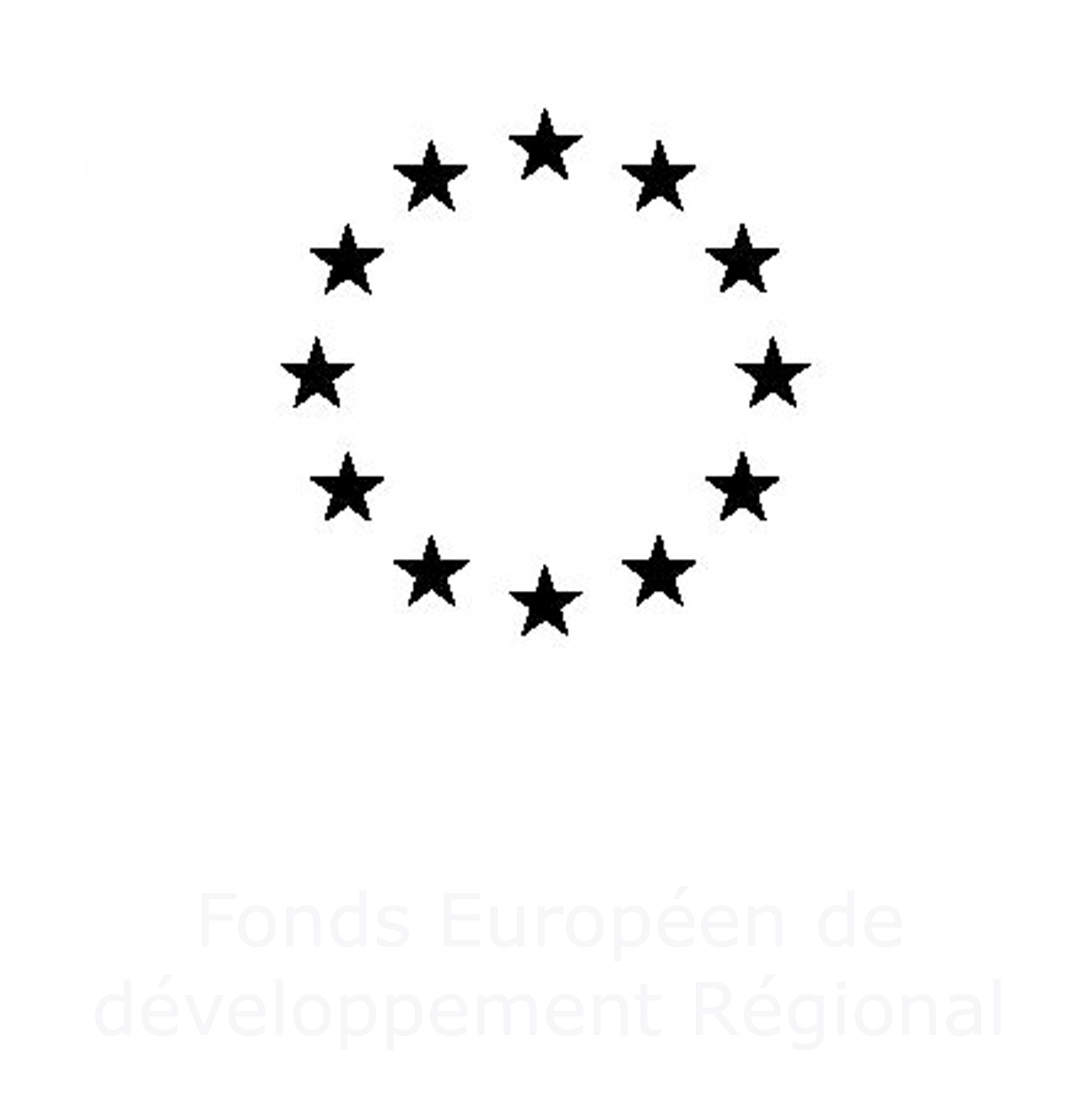Master’s 1 – Architecture of Networks and Technologies Driven by Communications Circuits (ARTICC)
Training
Initial course and ongoing training throughout life
Level
five years of post-secondary education
Method
Distance learning
Duration
2 semesters. The duration of the teaching can be adapted if the student is an employee. The MASTERS programme corresponds to the acquisition of 120 European credits (ECTS).
Course venue
Teaching is conducted over the internet.
Contact details
Course supervisor
Guillaume NEVEUX
(0033) 555 45 77 44
guillaume.neveux@unilim.fr
ICT secretary
Ghislaine MONNIER
(0033) 555 45 73 36
(0033) 555 45 77 77
secretariat-tic@unilim.fr
Objectives
This MASTER’s is a degree from the University of Limoges (France) for students with five years of post-secondary education who are preparing to become specialist engineers in architectures of emission and reception of the main current communications systems in the fields of radio communications (microwave/optical electronics), radar, radio navigation, digital television and optics.
Skills
Upon completion of training, students will have acquired comprehensive knowledge relating to systems implemented to ensure the smooth operation of terrestrial, guided or optical links by learning the fundamental principles governing them, such as :
- the diagrams of the main architectures of optical or microwave communication systems,
- the optical or microwave subsystems that are essential in these architectures for transmission of digital and/or analogue data,
- the signals associated with these architectures and subsystems (baseband or modulation),
- the techniques for emission and reception of signals for the various architectures anticipated (telecommunications, radar, radio navigation, digital television),
- the simulations at the system level of these terrestrial or guided links depending on expected performance for communication with the criteria of quality provided.
Number of ECTS credits: 60
Registration fee
Approximately 480 euros for initial training (including social security).
Campus France
The University of Limoges belongs to the agency Campus France and the facility CEF (Centre pour les Études en France). International students who live abroad (outside the EU, excluding BGE/BGF [holders of scholarships awarded by the French government and foreign countries, respectively]), wishing to pursue their studies in Limoges, must file their applications with the agency Campus France. A Centre pour les Études en France exists in the following countries: Algeria, Argentina, Benin, Brazil, Burkina Faso, Cameroon, Chile, China, Colombia, Comores, Gabon, Guinea, India, Indonesia, Ivory Coast, Japan, Lebanon, Madagascar, Mali, Mauritius, Mexico, Morocco, Peru, Republic of Congo, Russia, Senegal, South Korea, Syria (suspended), Taiwan, Tunisia, United States, Vietnam. The procedure is dematerialised: for more information, please click on the link below. Campus France website
Organisation of the curriculum
Open distance learning (ODL). All information is available on the course website. The MASTER’s includes an annual reunion at the Faculty of Science and Technology, University of Limoges, for Practical Work. This group is held for 15 days in June.
——————————————————————————————————————————-
Semester 1
Mandatory list
TU331: Internet-based learning, collaborative tools
TU332: Scientific tool, collaborative work, publication
TU333: General English TU334: Project management
TU335: MATLAB digital analysis tools
TU336: Telecommunications systems’ architecture
TU337: Experimental tools/remote software for engineering
——————————————————————————————————————————-
Semester 2
Mandatory list
TU338 : Signal processing applied to the radar system
TU339 : Digital TV system’s architecture
TU33A : Radio navigation system’s architecture
TU33B : Optical communication system’s architecture
TU33C : Practical Work – Telecommunications systems’ architecture
TU33D : Practical Work – Experimental tools/remote software
TU33E : Practical Work – Radio navigation system’s architecture
TU33F : Practical Work – Optical communication system’s architecture
Further studies
NB: the pursuit of doctoral studies is not a right.
Professional integration
The proposed course leads either to direct integration into the company upon completion of the course (Master’s 2), or further studies in the form of a doctoral thesis in electronics and optics.

